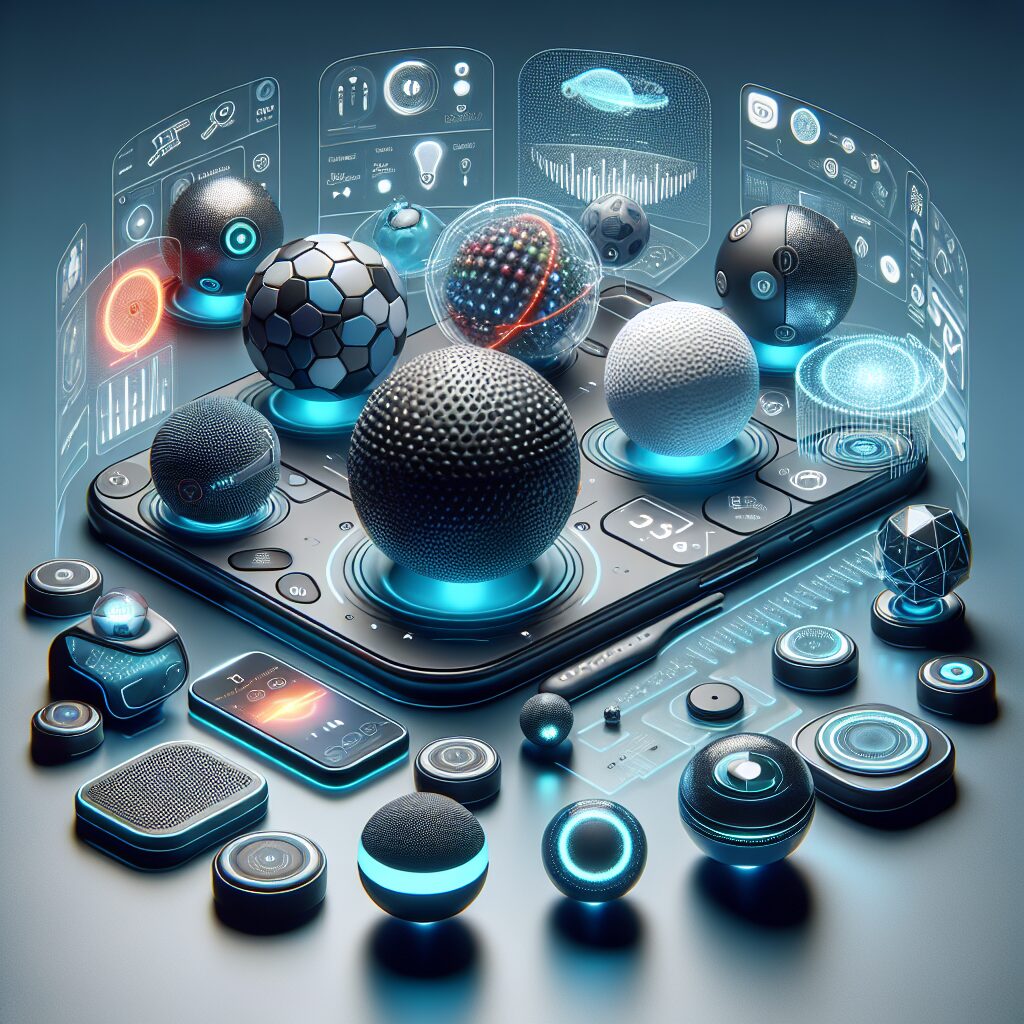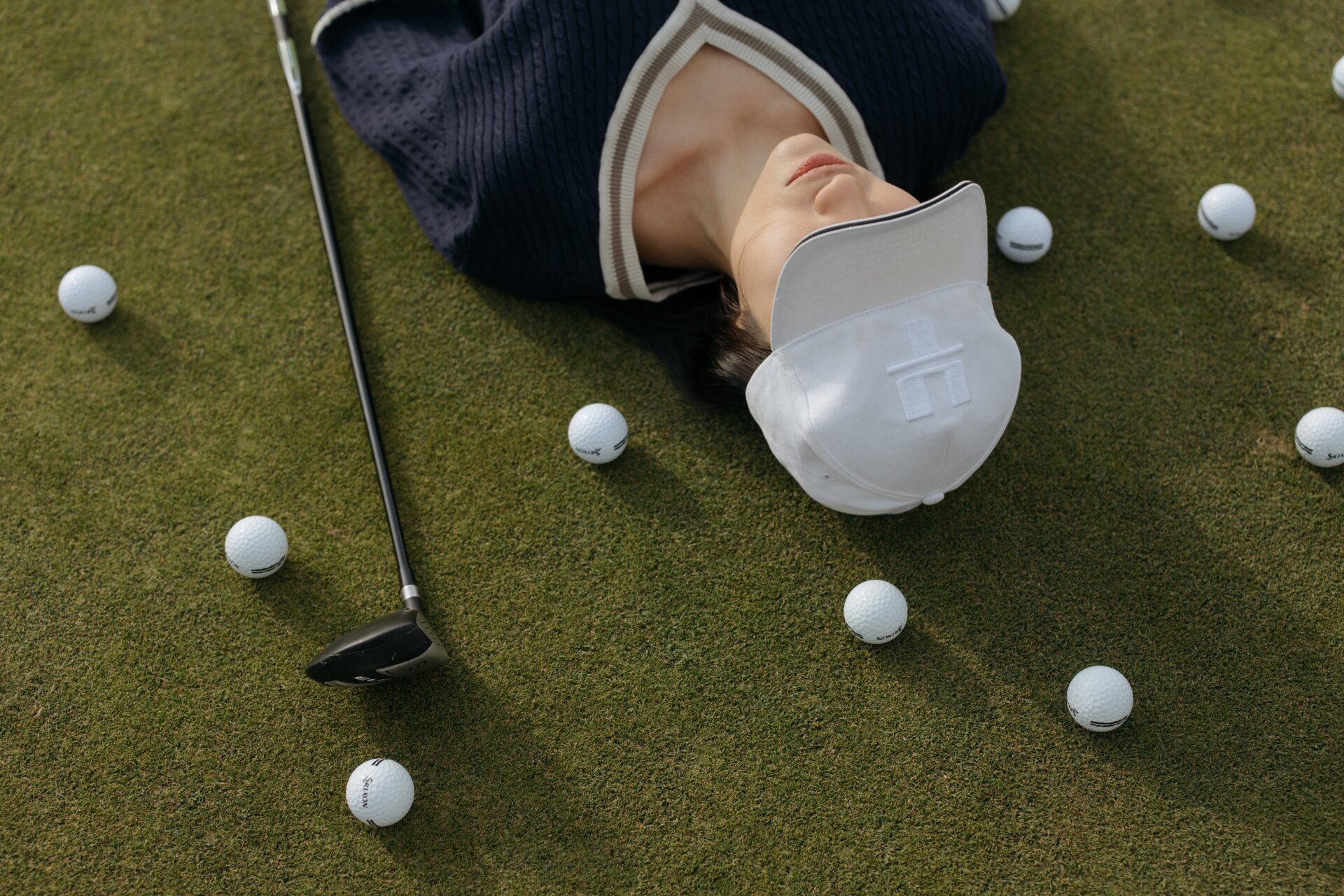Innovation Trends in Smart Ball Technology: What’s Next? The field of sports has always embraced technological advancements to enhance the performance of athletes and provide a more engaging experience for spectators. One such innovation that has gained significant traction in recent years is smart ball technology. These intelligent sports balls are embedded with sensors and connectivity features, enabling athletes and coaches to gather valuable data and insights in real-time.
Smart ball technology has revolutionized the way athletes train and compete in various sports, such as soccer, basketball, and golf. With sensors strategically placed inside the ball, it can track metrics like speed, rotation, trajectory, and impact force. This wealth of data allows athletes to analyze their performance, identify areas for improvement, and make more informed decisions during gameplay. Moreover, smart balls provide coaches with a comprehensive understanding of individual and team performance, enabling them to tailor training sessions and strategies accordingly.
Now, let’s delve into the key takeaways of this article. We will explore the current innovations in smart ball technology, discussing how it enhances player performance and the potential future developments in this field. Additionally, we will examine the impact of smart ball technology on various sports and how it is changing the way athletes and coaches approach the game. So, stay tuned as we unravel the exciting world of smart ball technology and its implications for the future of sports.
Key Takeaways
1. Smart ball technology is revolutionizing the sports industry by offering valuable insights into athletic performance and enhancing fan engagement.
2. The future of smart ball technology lies in advancements such as improved data accuracy, increased durability, and enhanced sensory capabilities.
3. Integration of augmented reality and virtual reality technologies into smart ball technology will further enhance the user experience and allow for immersive training and gaming.
4. The development of customizable smart balls that cater to individual athlete’s training needs and preferences will have a significant impact on enhancing performance and preventing injuries.
5. Collaboration between sports equipment manufacturers, tech companies, and athletes will be crucial in driving innovation and pushing the boundaries of smart ball technology even further.
What are the Latest Innovation Trends in Smart Ball Technology?
1. Integration of Artificial Intelligence
Smart ball technology has seen significant advancements in recent years, and one of the latest trends is the integration of artificial intelligence (AI). AI allows smart balls to analyze and interpret data in real-time, providing valuable insights for athletes and coaches. With AI capabilities, these innovative balls can track performance metrics, offer personalized training programs, and even provide instant feedback on technique.
2. Incorporation of Sensor Technology
Sensor technology plays a crucial role in smart ball innovation. Advanced sensors embedded within the ball can detect various movements, including spin, trajectory, speed, and impact force. This data is then translated into actionable insights, aiding athletes in performance analysis, injury prevention, and skill improvement. The incorporation of sensor technology has revolutionized the way athletes train and compete, enhancing their overall performance.
3. Wireless Connectivity and IoT
Another emerging trend in smart ball technology is the integration of wireless connectivity and the Internet of Things (IoT). With the help of built-in wireless capabilities, smart balls can seamlessly connect to smartphones, tablets, or other devices. This enables athletes and coaches to access real-time data, track progress, and analyze performance statistics remotely. The IoT connectivity further enhances the user experience by facilitating data sharing and promoting collaborative training sessions.
4. Gamification and Interactive Features
To make training sessions more engaging and enjoyable, smart balls now incorporate gamification elements and interactive features. Using augmented reality (AR) technology, athletes can participate in virtual challenges, interactive drills, and immersive training simulations. These innovative features enhance motivation, promote skill development, and provide a fun and competitive training environment.
5. Durability and Safety Enhancements
As smart ball technology advances, manufacturers are focusing on improving durability and safety features. Stronger materials and reinforced construction ensure smart balls can withstand intense play and rough conditions without compromising accuracy or functionality. Moreover, safety enhancements, such as impact-absorbing materials and built-in detection systems, help reduce the risk of injuries, making smart balls safer for athletes at all levels.
What to Consider When Choosing a Smart Ball
- Is the smart ball compatible with your preferred sport or training activity?
- What types of data and insights does the smart ball provide?
- Does it integrate well with your existing training routine or digital tools?
- What is the battery life and charging mechanism of the smart ball?
- Is the smart ball durable enough to withstand your level of play?
Frequently Asked Questions
1. What is smart ball technology?
Smart ball technology refers to the integration of sensors, connectivity, and data analysis capabilities into a sports ball, such as a soccer ball or basketball. These smart balls can track various metrics like speed, spin, trajectory, and even provide performance feedback to athletes.
2. How does smart ball technology work?
Smart ball technology incorporates sensors within the ball that capture data during play. These sensors can include accelerometers, gyroscopes, and magnetometers, which measure factors like movement, rotation, and orientation. The collected data is wirelessly transmitted to a smartphone or another device for analysis and interpretation.
3. What are the benefits of using smart ball technology?
Using smart ball technology offers several benefits. It allows athletes to monitor and analyze their performance in real-time, helping them identify strengths and areas for improvement. Smart balls also provide coaches and trainers with valuable insights, enabling them to tailor training programs and strategies more effectively.
4. Can smart ball technology prevent injuries?
While smart ball technology itself cannot directly prevent injuries, it can contribute to injury prevention indirectly. By providing detailed performance data, athletes and trainers can identify patterns that may increase the risk of injury and take preventive measures accordingly. Additionally, smart balls can help athletes practice proper techniques and form, reducing the likelihood of injury.
5. Is smart ball technology only for professional athletes?
No, smart ball technology is not limited to professional athletes. It can be beneficial to players of all skill levels and ages. Whether you’re a beginner, an amateur, or a seasoned athlete, smart balls can provide valuable insights and enhance your training and gameplay experience.
6. Which sports are utilizing smart ball technology?
Smart ball technology is being used in various sports, including but not limited to soccer, basketball, rugby, and tennis. As the technology continues to evolve, its applications are expanding, and we may see its integration into even more sports in the future.
7. Can smart ball technology replace traditional coaching?
Smart ball technology cannot replace traditional coaching entirely, but it can complement it. Coaches play a crucial role in assessing overall performance, formulating strategies, and providing guidance beyond the data gathered by smart balls. By combining the insights from smart ball technology with the experience and expertise of coaches, athletes can achieve optimal results.
8. Are smart balls durable and suitable for regular gameplay?
Yes, smart balls are designed to withstand the rigors of regular gameplay. They undergo rigorous testing to ensure durability and maintain their performance even with repeated usage. However, it’s always essential to follow the manufacturer’s guidelines and use the smart ball appropriately to ensure longevity.
9. How much do smart balls cost?
The cost of smart balls can vary depending on factors such as brand, features, and sports type. Generally, smart balls are priced higher than traditional balls due to the added technology. It’s best to research different options and compare prices to find a smart ball that fits your budget and requirements.
10. What’s next for smart ball technology?
The future of smart ball technology looks promising. Manufacturers and researchers are continuously working to enhance the capabilities of smart balls. We can expect further advancements in sensor technology, data analytics, and connectivity. These innovations may include more accurate measurements, real-time coaching feedback, and even integration with virtual reality for immersive training experiences.
Final Thoughts
Innovation trends in smart ball technology are revolutionizing the way athletes train, play, and analyze their performance. The integration of sensors, connectivity, and data analysis capabilities has opened new avenues for improving athletic performance and preventing injuries. As smart ball technology continues to evolve, athletes and coaches can leverage these advancements to gain valuable insights and maximize their potential.
Furthermore, smart ball technology has the potential to inspire and engage more individuals in sports. By providing real-time feedback and personalized training experiences, smart balls can make sports more accessible, inclusive, and enjoyable for players of all levels. Embracing and exploring the future developments in smart ball technology will undoubtedly shape the landscape of sports and accelerate athletes’ progress.




